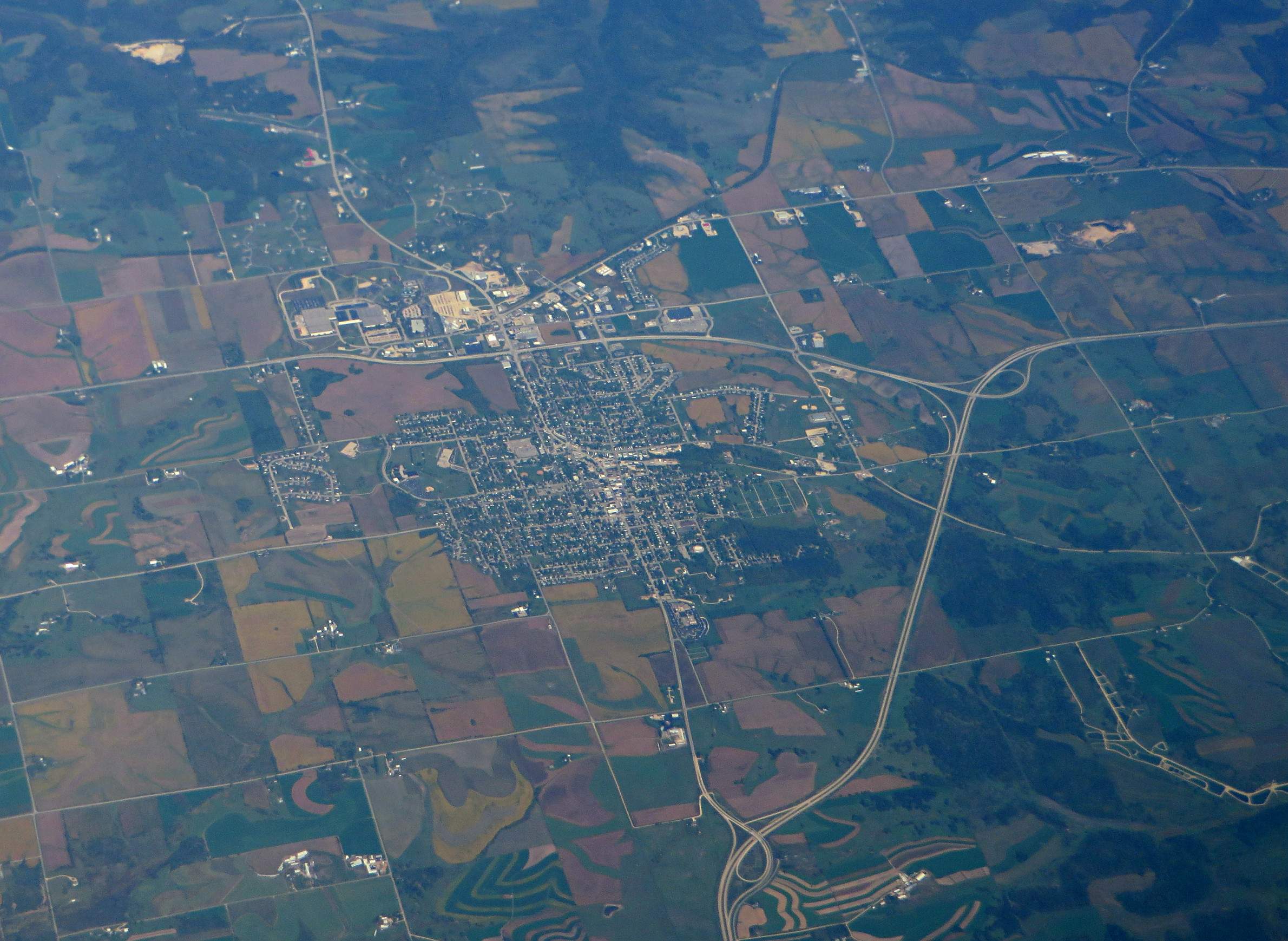
How Wisconsinites Commute Across The Urban-Rural Spectrum

Despite their differences, rural and urban places are connected by the people who live and work among them. Every day, many residents of big cities, small towns and the countryside alike travel between their homes and workplaces, sometimes within their own community, and other times traveling over long distances to places that are far apart. Their commuting patterns can help shed light on the ways these places are alike and distinct in terms of their economies and identities.
The specific definitions of what makes a place rural or urban or something in-between is a complicated matter. In a May 2017 analysis, researchers at the University of Wisconsin Applied Population Laboratory explored the many ways that "rural" can be defined in demographic terms. One of the definitions described in this analysis was the U.S. Department of Agriculture's Rural-Urban Commuting Area Codes (or RUCA Codes), which defines places along metropolitan, micropolitan, small town and rural classifications according to their population density and their residents' daily commuting ties to other places.
To take a closer look at commuting patterns between urban and rural areas within Wisconsin, the Applied Population Lab used the RUCA Codes to delineate seven types of places along an urban-to-rural spectrum. Each census tract in the state is included in one of these categories. These categories are: isolated rural, rural, small town, suburb of small urban core, small urban core, suburb of major urban core and major urban core.
The following chart, in the format of a chord diagram, shows the proportion of commuters flowing to and from all seven place categories, which are listed on the outer edge of the circle. Hover over any part of the chart to highlight two-way flows for any pair of categories. Hover over the segments along the perimeter of the circle to show all the commuting flows for that category to and from the other six.
Relative commuter flow volumes among Wisconsin census tracts by Rural-Urban Commuting Area category
This chord diagram shows the flow of commuter traffic to and from each of seven categories of U.S. Census tracts along the rural-urban spectrum in Wisconsin. Hover over any part of the diagram to highlight the two-way flow for any pair of categories.
In general, the largest flows around Wisconsin are into cities. For each category, the largest fraction of commuters are destined for a major urban core area. The flow from suburbs to urban places is especially pronounced.
The diagram also show flows from one census tract to another within any given category. For example, nearly all residents of major urban core census tracts (in the dark blue segment of the chart) are commuting to other major urban core tracts — at a level of 90.1 percent. Small fractions of major urban core residents commute to suburbs, smaller urban cores, or other places. Comparatively, just 0.1 percent of major urban core resident commute to rural census tracts.
The chart does not include the flow of commuters moving between Wisconsin and neighboring states, such as those driving to and from Chicago or the Twin Cities metro areas.
These daily commuting flows around Wisconsin have implications that extend beyond traffic jams. People who live in one place but work in another routinely access goods and services and make social connections across both. For example, commuters from isolated rural places may not have access to a grocery store near their home, but may have better access to one near their place of work. The lack of reliable grocery stores in sparsely settled areas is a type of food desert. This problem arises in part because many grocery stores depend on a large number of customers, which can be hard to attract in rural places where there are fewer people per square mile. For commuters from rural places, shopping at a market near work not only offers improved food options, but also creates an economic bond across places as these businesses depend on far-flung customers for their revenue.
The commuting-based interface across the urban-to-rural spectrum helps create an interdependent social and economic web across Wisconsin. People who aren't employed, or who live and work in very rural places, may have more trouble accessing goods and services they need.
The data for this chart are Origin-Destination Employment Statistics from the U.S. Census Bureau's Longitudinal Employer-Household Dynamics program. The data include estimated commuting flows from each census tract in the nation to every other census tract in the nation. The Applied Population Lab collapsed these tracts according to secondary RUCA codes and excluded all out-of-state commuters. Residents of Wisconsin who are not in the labor market, are unemployed, or do not commute are not represented in this diagram.


